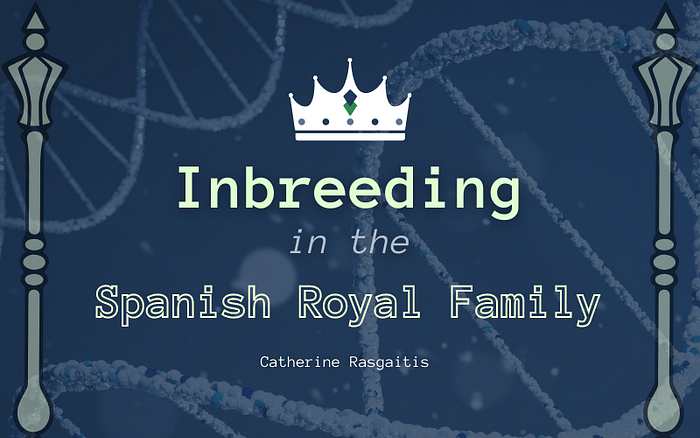Member-only story
Inbreeding in the Spanish Royal Family
Evolutionary theory versus inbreeding depression

Royal families are the perfect case studies for human inbreeding. While people generally associate inbred family trees with European monarchies, inbreeding was quite common among other cultures as well.
Ancient Egyptian pharaohs are a case in point. It is believed that this concept of “keeping the bloodline pure” was first derived from Egyptian mythology — specifically, the consanguineous marriage between the god of the underworld, Osiris, and his sister. Many pharaohs sought to emulate the divine marriage or simply married relatives to gain more power or a higher status.
Consequently, it was common — if not, expected — for pharaohs to marry within their families. Like his predecessors, the famous King Tut (Tutankhamun) also engaged in these incestuous activities. He married his half-sister, Ankhesenpaaten, and they had two children together. Unfortunately, in a deadly culmination of generational inbreeding, both children were stillborn.
King Tut himself suffered from his ancestral incest, as his own parents were suspected to have been sister and brother. Specifically, Tut had a clubbed foot and many of his phalanges (toe bones) were decaying. His weakened bones would have made it impossible for Tut to walk properly, a conjecture further supported by the hundreds of canes and walking sticks found in Tut’s tomb.
However, beyond Tut, it difficult to analyze the effects of inbreeding throughout Egyptian and other non-European dynasties. This is primarily due to a lack of reliable genealogical information. Ancient records are scattered with missing blocks of time and are often questionable in terms of validity.
Moreover, documents regarding an interested person’s health are sparse. While the mummified remains of King Tut and other 18th century pharaohs allow for modern day exhumations and analysis, these processes have sensitive ethical implications, heightened by the Egyptian tradition of respecting the dead.


